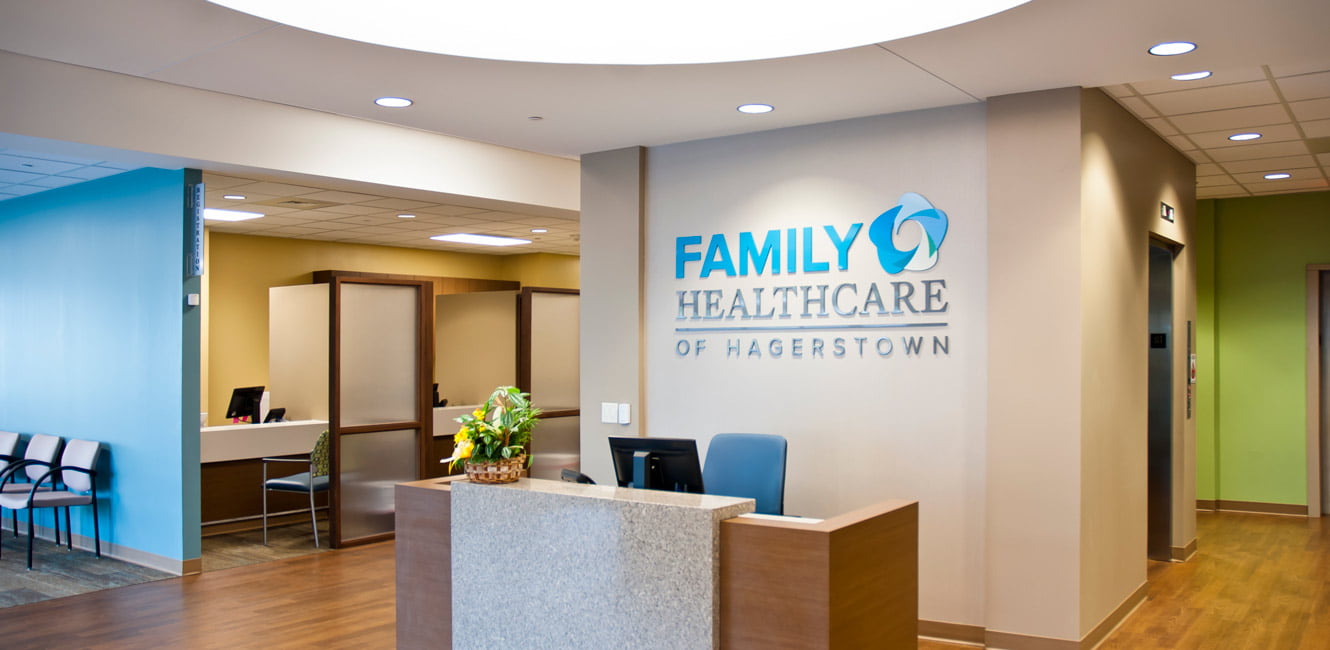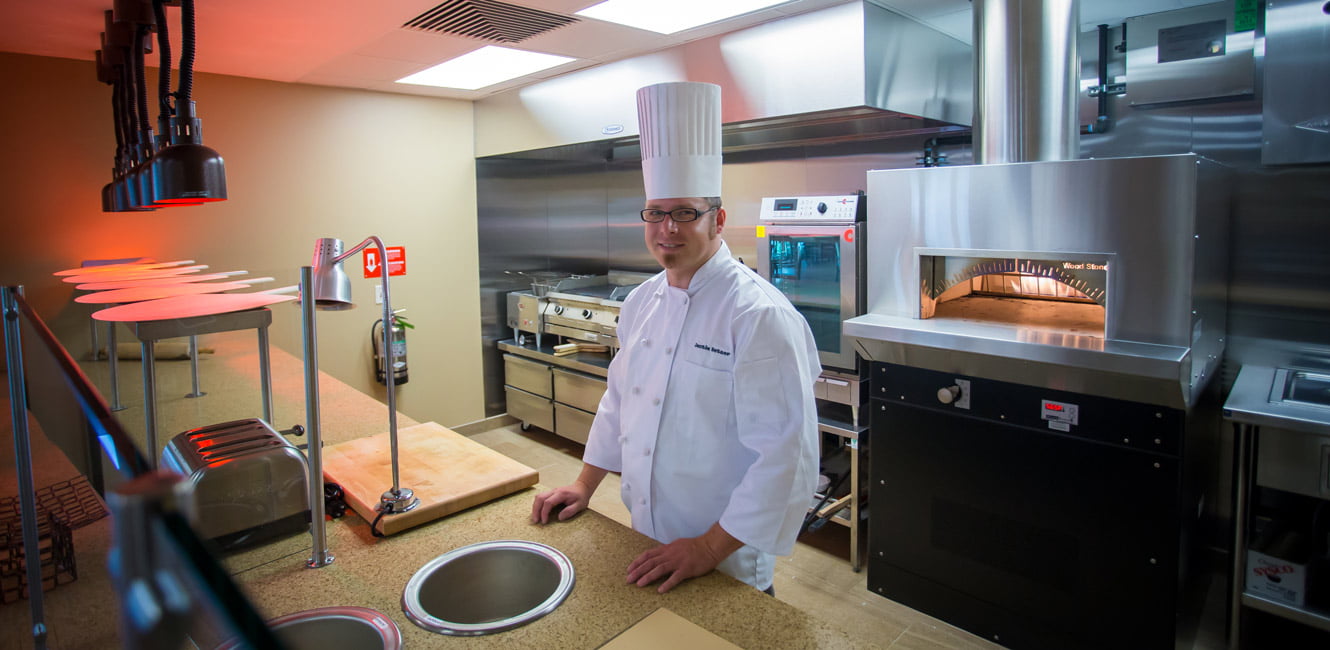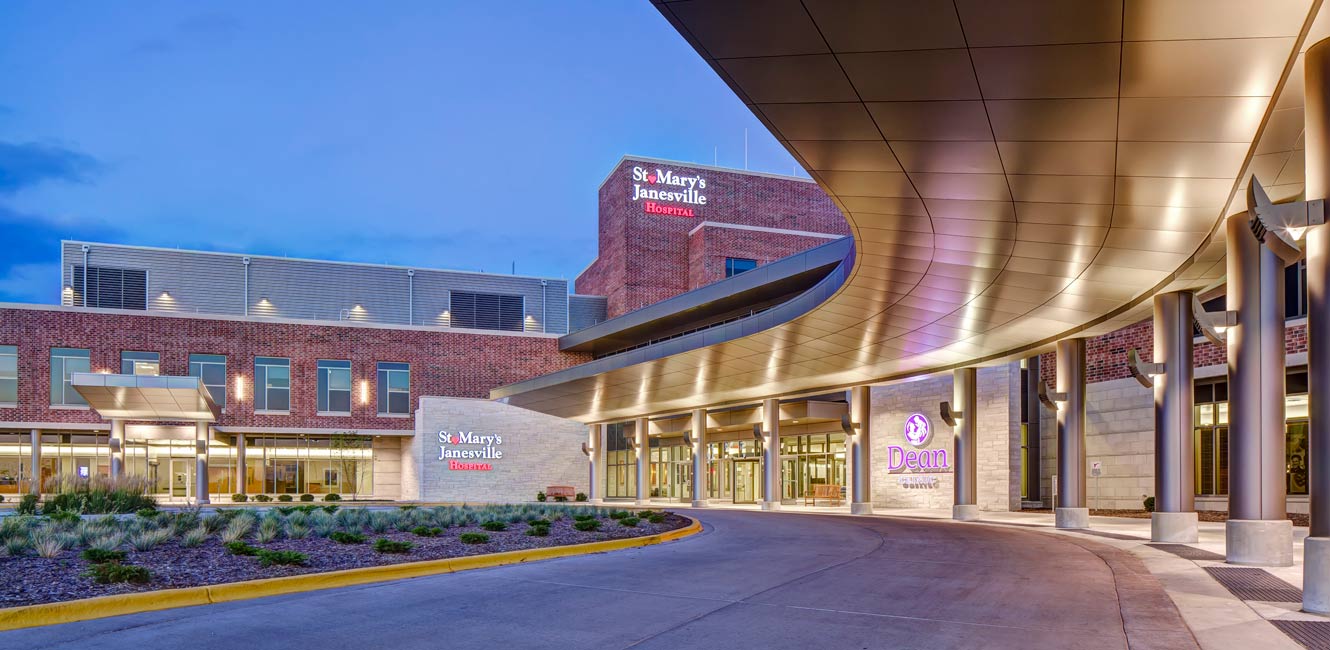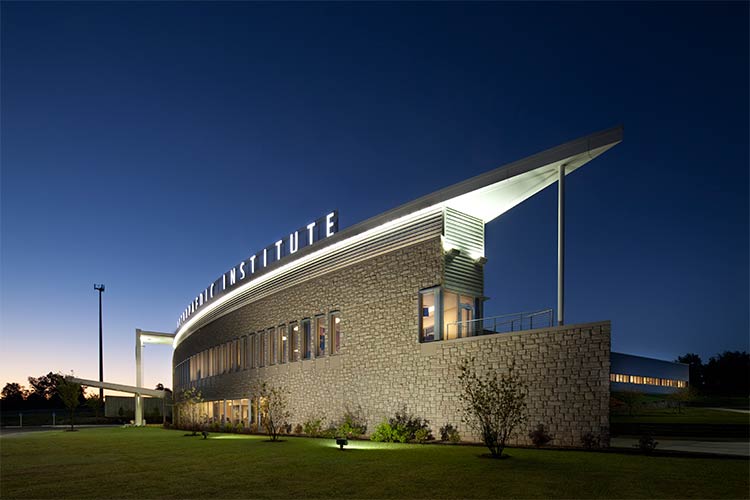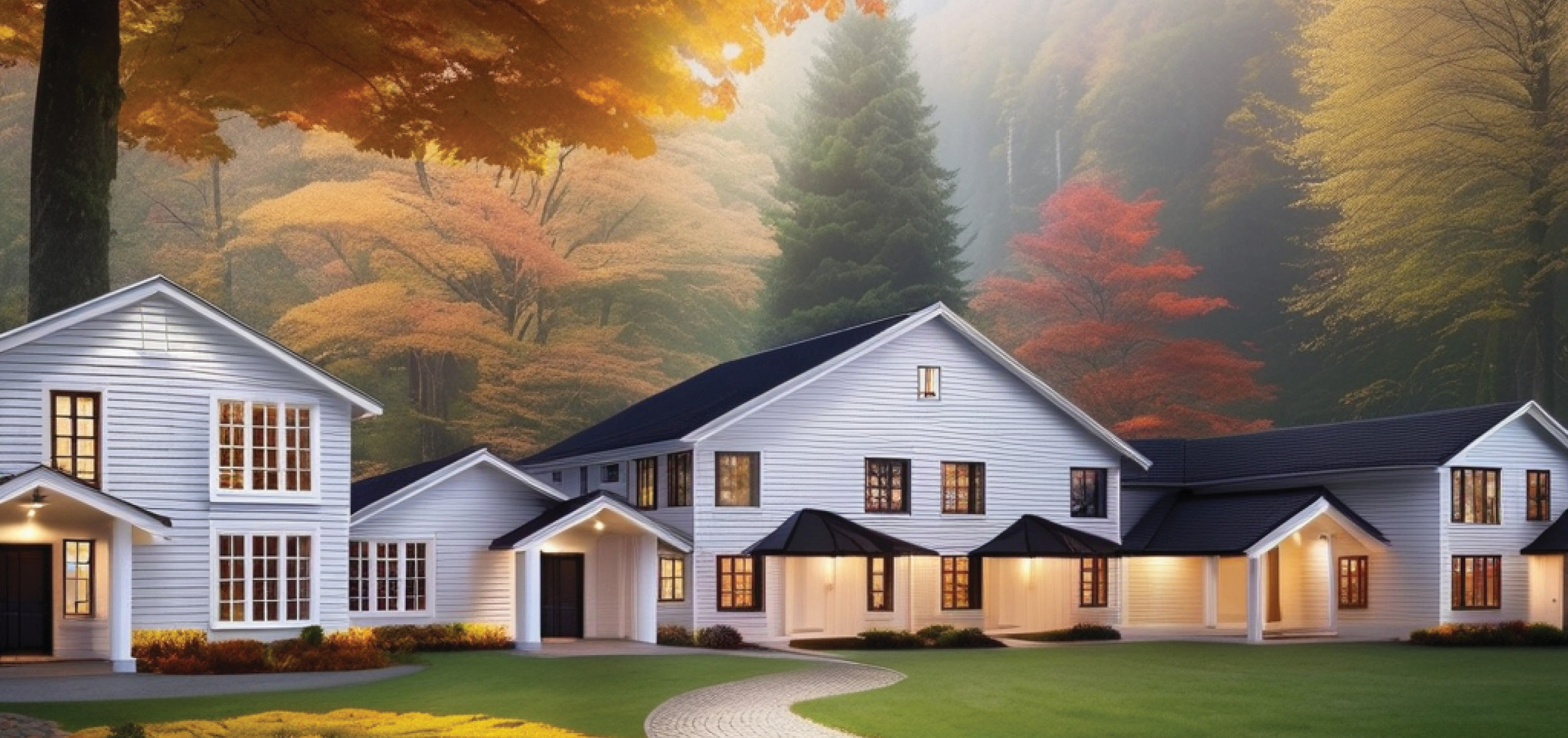Evidence-Based Design Goal
The goal was to achieve the client’s four key performance goals by using evidence-based strategies:
- Achieve operational excellence
- Be the provider of choice
- Be the employer of choice
- Create and maintain a sustainable long-term business model that promotes the general health of the community.
Challenge
The 124,600 square-foot, multi-specialty clinic was designed to replace several of Facey’s smaller regional clinics, and be the provider’s flagship facility. It includes a variety of specialties: Behavioral Health, Optometry, Primary Care, Oncology, Endoscopy, and Women’s Health. With the client’s performance goals in mind the project team was challenged to create a facility that optimized the square footage on site, while maintaining the capacity for future growth.
Solution
The project team leveraged the capabilities of simulation modeling during their operational planning process to ensure that all significant design strategies directly aligned wit the client’s performance goals.
Med Model was used to map several key operational aspects of Facey’s existing facilities, including staffing requirements of different registration models. Both decentralized and centralized approaches were explored, and ultimately both were implemented in different departments. For example, decentralized registration was used in the oncology department to reduce contact that immune-compromised patients have with others, and centralized registration was used for most of the other departments.
The modeling also helped the team identify the most efficient space program possible. The facility was designed with fewer exam rooms and less square feet than the combined totals of the existing facilities, but patient volumes are higher in the new location.
Additional outcomes of the operational planning process include:
- Centralized reception
- Lab draw on every floor to add convenience and reduce travel
- Exam rooms located closer to the waiting areas to reduce travel distances
The operational planning process also informed a well-developed way finding strategy that incorporates color coded nursing stations, clear graphic numbers for the waiting rooms, and traffic cues through carpet selection.
Upon project completion, the team met for a thorough “Lessons Learned” session to capture the successes and challenges of the project process. Additionally, the team conducted a 2014 performance evaluation that compared the post-occupancy results to the initial facility planning performance data.
EVIDENCE-BASED
DESIGN STEPS USED

